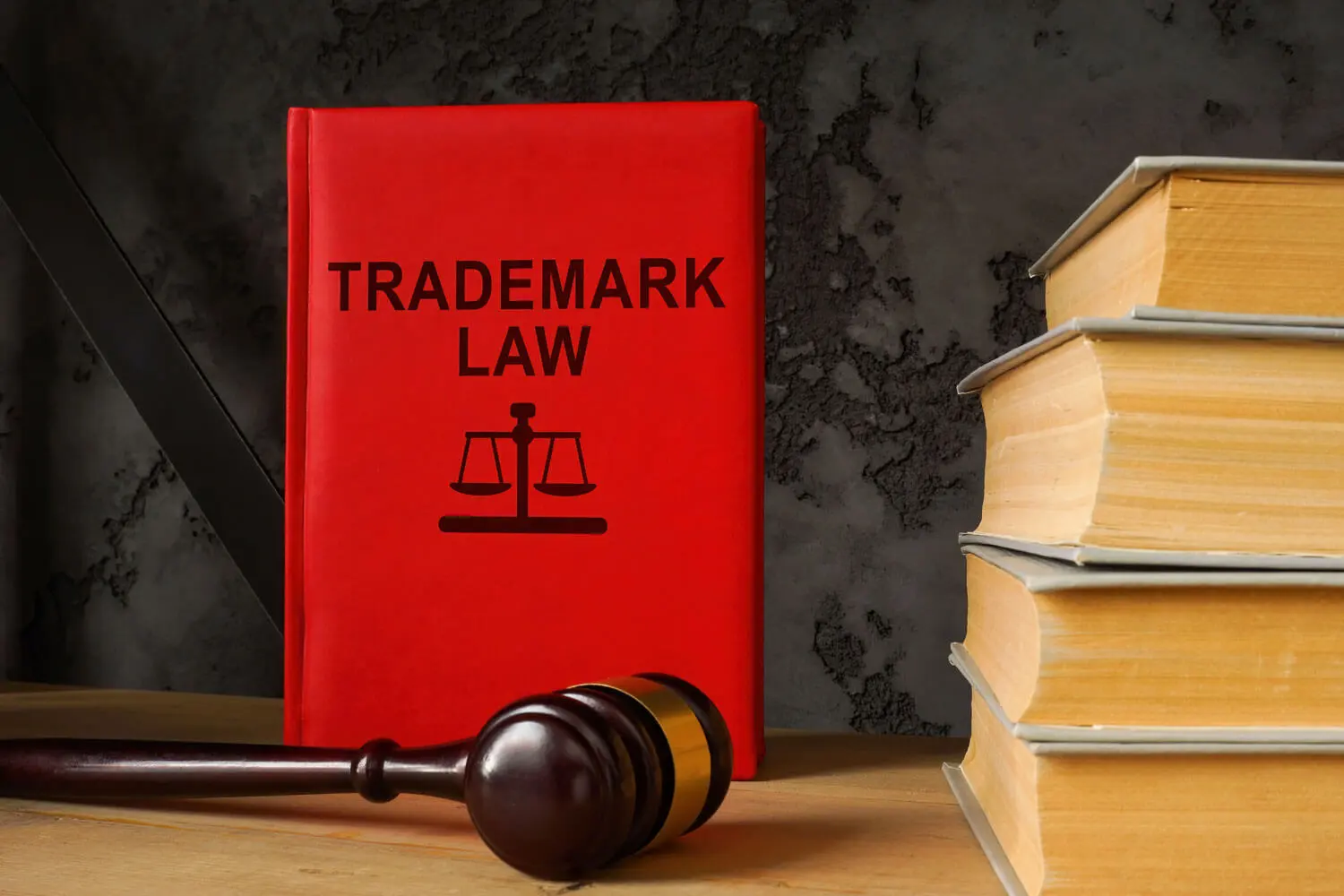I was direct messaging with one of my tweeps on Twitter a few days ago and the issue of intellectual property came up. I explained that our law firm didn’t prosecute patents, but we did process trademarks and copyrights and, of course, litigated violations of patents, trademarks and copyrights.
“I need a patent/trademark lawyer,” she said.
Upon further questioning, I was able to determine that she needed to file a trademark with the United States Patent and Trademarks Office (“USPTO”). I was struck, however, by the fact that this bright, educated woman, who has several successful businesses, did not understand the differences between a patent, a trademark, and a copyright. But I soon realized that the fault was mine for assuming that people outside the legal community had an appreciation for the differences between the three concepts.
A Patent, in the context of this blog, is “[a] grant made by a government that confers upon the creator of an invention the sole right to make, use, and sell that invention for a set period of time.”
A Trademark is “[a] name, symbol, or other device identifying a product, officially registered and legally restricted to the use of the owner or manufacturer.”
A Copyright is “[t]he legal right granted to an author, composer, playwright, publisher, or distributor to exclusive publication, production, sale, or distribution of a literary, musical, dramatic, or artistic work.”
What does this mean to you?
A Patent is basically the right to exclude others from using your invention. It is available to one who “invents or discovers any new and useful process, machine, manufacture, or composition of matter, or any new and useful improvement thereof.” In the United States, patent protection extends for either 14 years (process patents) or 20 years (utility patents).
So, if you invent a new widget, or a new process that is useful, you may be able to obtain a patent which allows you to (1) exclude others from using the patented item; and (2) allows you to license the patented item to others for a fee. Violations of patent protection may be sued upon in Federal District Court, regardless of the amount in controversy or citizenship of the parties.
Obtaining a patent (patent prosecution), is a very highly specialized area of the law. To be admitted to the Patent Bar and practice before the USPTO in Patent Law, one need not be an attorney, but must have at least a bachelor’s degree in one of the specified fields of science or engineering required by the USPTO.
A Trademark, on the other hand, is a name or symbol that is registered with the government so that only you can use it. Well known examples are Coca Cola™, Microsoft™ and Droid™. No one but the owner or licensee of a Trademark may use the Trademark in commerce. As with a Patent, the holder of a Trademark can sue to enforce it in Federal District Court. Both Patents and Trademarks are registered with the U.S. Patent and Trademark Office.
Finally, a Copyright protects the intellectual property of the creator of a literary, musical, dramatic, or artistic work. Items for which a Copyright is commonly issued are books, musical recordings, videos and (movie and TV) scripts. It is important to note that although a person creating a work has an automatic “copyright,” the full protection of the law (including recovery of attorneys fees for defending the copyright) are only available after the work is registered with the U.S. Copyright Office (which includes filing a copy with the Library of Congress).
In a nutshell, these are the differences between Patents, Trademarks and Copyrights, all three of which protect intellectual property. Of course, in the real world, there are many more issues that must be dealt with in the area of intellectual property. That is why it is important that you obtain competent legal advice from attorneys with experience in this area if you wish to protect YOUR intellectual property.

